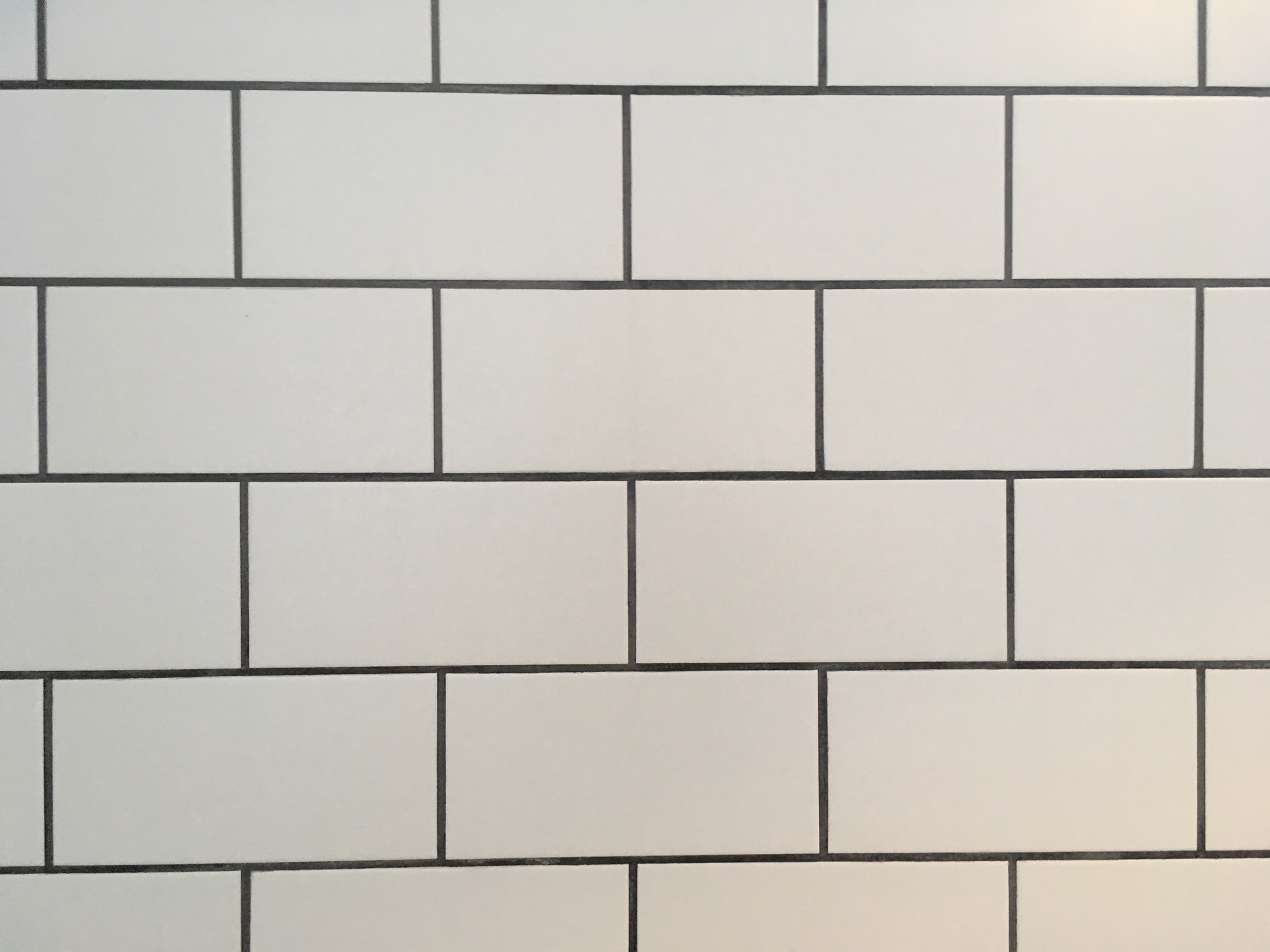Types of tile
For tiles used on roofs see: Roof tiles.

|
| Ceramic tiles. |
Contents |
[edit] Introduction
Tiles are manufactured furnishing materials commonly used to cover internal walls, ceilings and floors. They can be simple and functional or decorative and elaborate (such as mosaics). Tiles can be manufactured from a wide range of substances, both hard (e.g. ceramic, porcelain, stone, marble, clay, slate, glass, etc.) and soft (e.g. timber, vinyl, cork, etc.).
Tiles are often used as an interior furnishing for rooms where a certain amount of water may be present, such as bathrooms, kitchens, laundry rooms, and so on, where they protect surfaces from moisture damage. Tiles can also be used to improve the acoustics of a room by adding to its sound-absorbing properties and they are often specified in the design of theatres, recording studios, and so on.
[edit] Types of tile
The most common types of tiles include:
[edit] Carpet tiles
Carpet tiles, also known as carpet squares, are a type of flooring which can be used as an alternative to the more common rolled carpet. They are formed from an upper layer of pile attached to a backing and are produced in a variety of sizes, materials, fibres, patterns and colours. Carpet tiles are often used in commercial and public buildings such as airports, offices, schools, libraries, and so on.
For more information, see Carpet tiles.
[edit] Ceiling tiles
Ceiling tiles, also known as ceiling panels, are lightweight construction materials, which are used to cover ceilings. Placed within a supporting grid, they can provide some thermal insulation but are usually designed to improve the aesthetics and acoustics of a room. They are commonly used in the commercial applications, such as offices, shops and so on.
For more information, see Ceiling tiles.
[edit] Ceramic tiles
Ceramic tiles are a mixture of clays and other natural materials such as sand, quartz and water. They are used in houses, restaurants, offices, shops, and so on, as kitchen, and bathroom surfaces. They are easy to fit, easy to clean, easy to maintain and are available at a reasonable price.
For more information, see Ceramic tiles.
[edit] Porcelain tiles
Porcelain tiles are similar to ceramic tiles, but tend to be more dense and hard wearing and so are used for internal and external flooring.
[edit] Natural stone tiles
Natural stone tiles have been used for interior surfaces for a very long time, and remain popular today due to their ability to withstand wear and tear and for their appearance. Commonly-used materials include; slate, granite, marble, quartzite and so on.
For more information, see Natural stone tiles.
[edit] Vinyl tiles
Vinyl tiles can be used as an alternative to sheet flooring in spaces such as kitchens or bathrooms or in industrial spaces where spills are likely or regular cleaning necessary. They are are flexible, hard wearing and resilient to degradation. They are available in a very wide range of colours, are relatively easy to lay and can be polished to a high-gloss finish.
For more information on flooring, see Vinyl flooring.
[edit] Mosaic tiles
More recently, a variety of decorative composite tiles have been manufactured, such as pebbles embedded in resin, glass or metal tiles bonded onto mesh and so on.
[edit] Encaustic cement tiles
First developed in medieval times, encaustic cement tiles are created by dying cement tiles with mineral pigments to create intricate and bold patterns.
[edit] Related articles on Designing Buildings
Featured articles and news
Latest Build UK Building Safety Regime explainer published
Key elements in one short, now updated document.
UKGBC launch the UK Climate Resilience Roadmap
First guidance of its kind on direct climate impacts for the built environment and how it can adapt.
CLC Health, Safety and Wellbeing Strategy 2025
Launched by the Minister for Industry to look at fatalities on site, improving mental health and other issues.
One of the most impressive Victorian architects. Book review.
Common Assessment Standard now with building safety
New CAS update now includes mandatory building safety questions.
RTPI leader to become new CIOB Chief Executive Officer
Dr Victoria Hills MRTPI, FICE to take over after Caroline Gumble’s departure.
Social and affordable housing, a long term plan for delivery
The “Delivering a Decade of Renewal for Social and Affordable Housing” strategy sets out future path.
A change to adoptive architecture
Effects of global weather warming on architectural detailing, material choice and human interaction.
The proposed publicly owned and backed subsidiary of Homes England, to facilitate new homes.
How big is the problem and what can we do to mitigate the effects?
Overheating guidance and tools for building designers
A number of cool guides to help with the heat.
The UK's Modern Industrial Strategy: A 10 year plan
Previous consultation criticism, current key elements and general support with some persisting reservations.
Building Safety Regulator reforms
New roles, new staff and a new fast track service pave the way for a single construction regulator.
Architectural Technologist CPDs and Communications
CIAT CPD… and how you can do it!
Cooling centres and cool spaces
Managing extreme heat in cities by directing the public to places for heat stress relief and water sources.
Winter gardens: A brief history and warm variations
Extending the season with glass in different forms and terms.
Restoring Great Yarmouth's Winter Gardens
Transforming one of the least sustainable constructions imaginable.






















